Using DCIM to Monitor and Optimize Your Data Center
Tom Bennett IT Manager#Hosting

Learn about the importance of using Data Center Infrastructure Management to monitor your data center and keep it running efficiently.
Data Center Infrastructure Management (DCIM) has been around for a while now, but for those who might not be familiar with the concept, I want to use this space to give a basic overview of some of its components. DCIM provides tools to help administrators to monitor and manage their data center and IT operations. These tools also optimize the data center’s performance and uptime. One of the primary goals of DCIM software is to provide a centralized management system to manage your data center or IT utilities. Some of the key components that DCIM includes are capacity management, rack utilization, power management, cooling management, asset management, and change management. These are only a few of the components that DCIM covers. Let’s look at each of these components to see what they entail:
Capacity Management
Capacity management is the ability to manage and optimize data center resources. Some of the most important features of capacity management include rack space, power, cooling, and network connectivity. Having a DCIM system in place can help manage these functions by providing information about which racks have space to add servers or whether a rack has enough free power to accommodate its servers without going over power limits. As you add more systems and clients to your data center, these challenges become more complex. Some of the available DCIM tools provide a visual that will show whether a rack is at capacity, if the rack is close to its power limit, or if temperature is an issue.
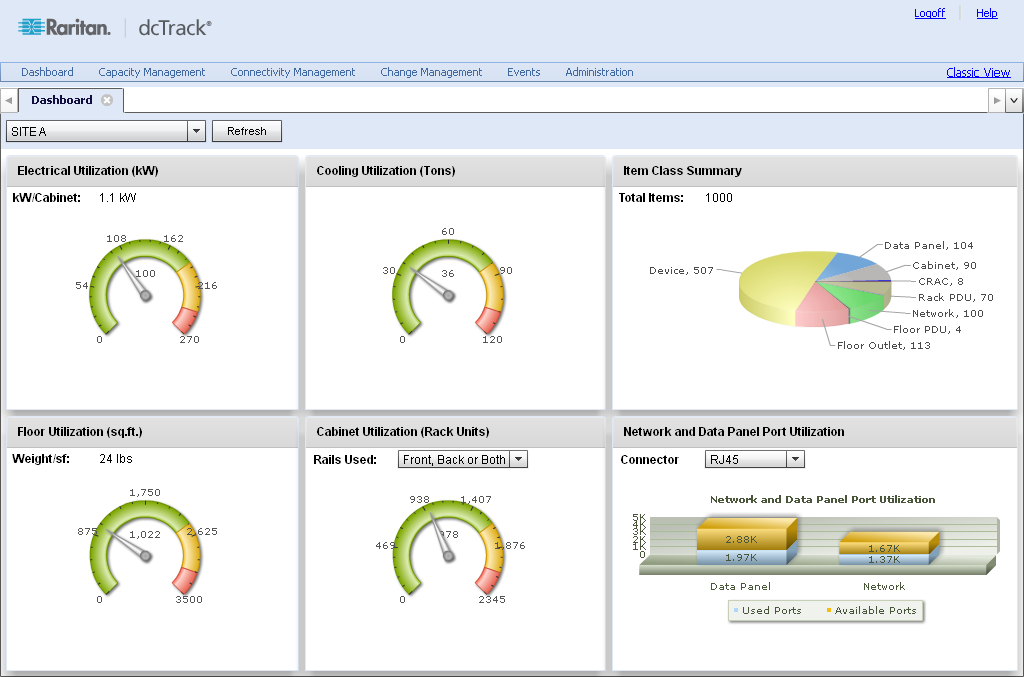
Rack Utilization
Rack utilization is the ability to take advantage of the rack space within a given rack. The primary goal of rack utilization is to get as close to 100% utilization as possible. One hundred percent utilization may not always be possible due to a data center’s power and cooling restraints. However, server virtualization can be used to reduce rack utilization by allowing multiple virtual servers to run on one physical server. Data center infrastructure management software and tools can provide a visual layout of your racks along with the systems mounted inside. This is a vast improvement from the out of date Excel and Visio documents that System Administrators often used in the old days.
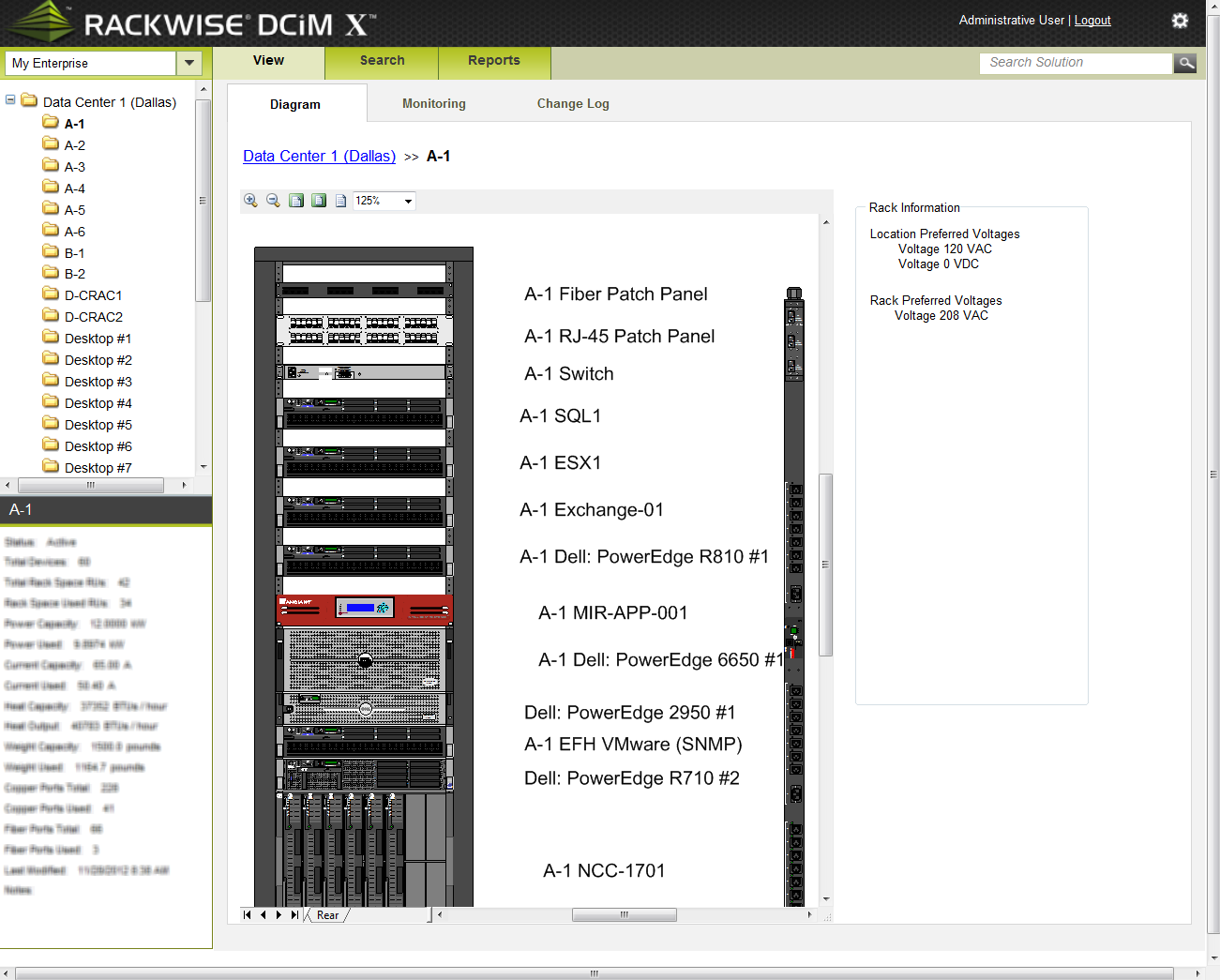
Power Management
One of the most important aspects of data center management is power management, which allows a System Administrator to manage and measure power consumption to determine how energy efficient their data center is. Whether you’re managing a data center or co-locating multiple racks, DCIM software can help manage power usage and reduce your power consumption. DCIM power management can provide useful data on how much power devices are using while also allowing you to find out whether certain devices are using excessive power. Along with total power usage, DCIM power management tools can monitor the amount of power being consumed per rack; this is important to maintain power redundancy and optimize power utilization. DCIM software using power management for monitoring is one of the first steps to reducing your power utilization, and thus maintaining a more efficient operation.
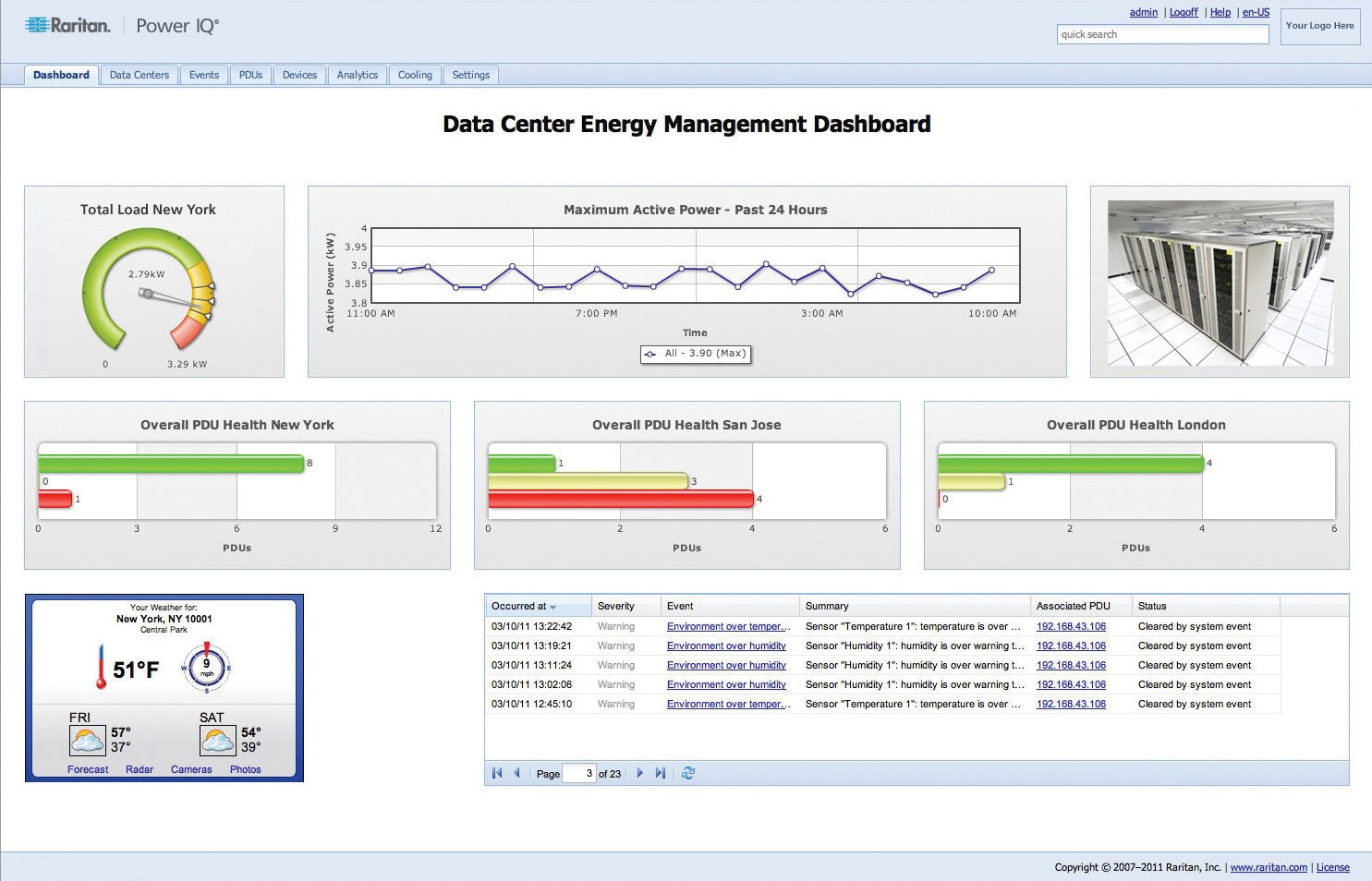
Cooling/Temperature Management
For any data center to run efficiently on a day-to-day basis, it is important to keep the data center environment cool. Compelled by rising power consumption and heat levels, data center cooling strategies have changed dramatically over the years. This is another area where monitoring and management are crucial. Using DCIM tools to monitor cooling allows you to any find hot spots or other areas within the data center where high temperatures may be an issue. Without DCIM, it would be harder to address any of these areas that are in need of attention.
Asset Management
A company’s network will include many different types of assets, which is another term for the physical equipment being used. Data Center Infrastructure Management provides the tools to help manage your company’s or data center’s assets. With an increasing number of IT assets to monitor, asset tracking in data centers has become a challenging process. Using Excel files and Visio diagrams can be hard to maintain and keep up to date. However, DCIM software allows you easily to keep an accurate inventory of your data center assets, tracking the specific models of equipment like servers, networking equipment, storage devices, PDUs, patch panels, and even IP addresses.
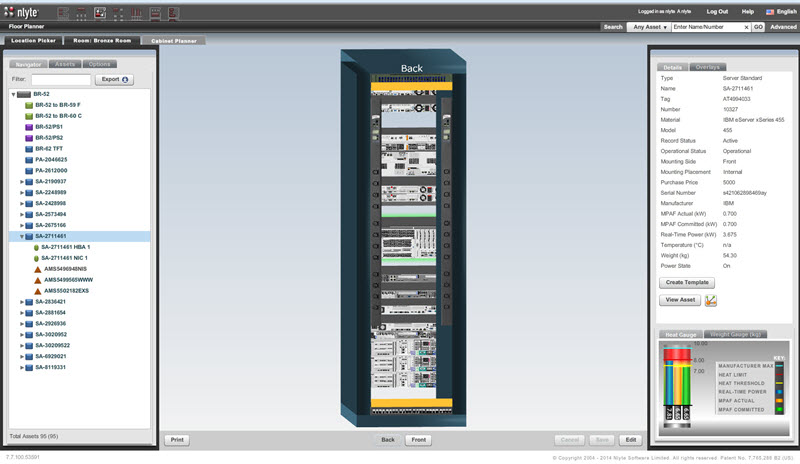
Change Management
Asset management is one of the key components of Data Center Infrastructure Management. A data center can comprise of thousands of assets, from servers, networking equipment, and storage devices, to power and cooling infrastructure equipment. Keeping track of all these assets is an ongoing and often daunting task. In addition to tracking the specific assets, change management lets you keep track of detailed information about an asset’s configuration. Some examples of change management would include whether a server’s hardware has been upgraded or if the server has been moved to a new rack location. Having DCIM software in place can reduce the time spent monitoring these changes and help make sure that you are keeping an accurate inventory of the data center complex systems.
Data centers are complex systems with numerous mechanical, electrical, and controls components, all of which are essential to making sure your data center is running optimally and efficiently. We’ve only touched the surface of the concepts of Data Center Infrastructure Management here; there is much more that goes into to making sure your datacenter running optimally and efficiently. Do you have any questions for us about how you can use DCIM to make sure your data center is operating at the level you need to ensure your organization’s success? Please contact us to speak with a Solutions Engineer, or leave a comment with any other questions you might have.
Related Posts
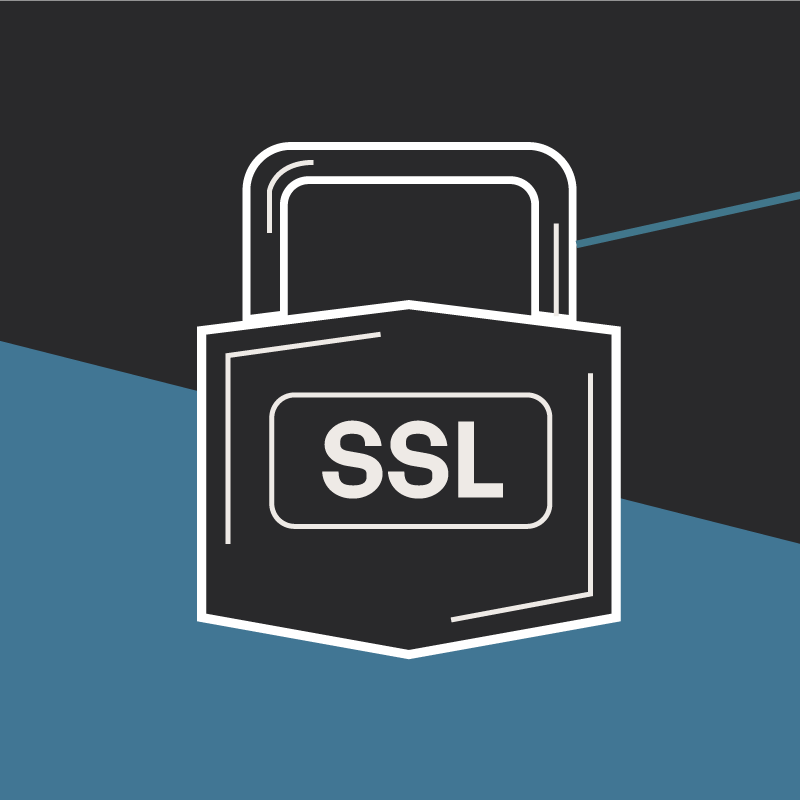
Why Do I Need an SSL Certificate?
Without understanding what an SSL Certificate is, it may be hard to realize why this is so important for your website. In this blog Diagram will cover both of these topics.
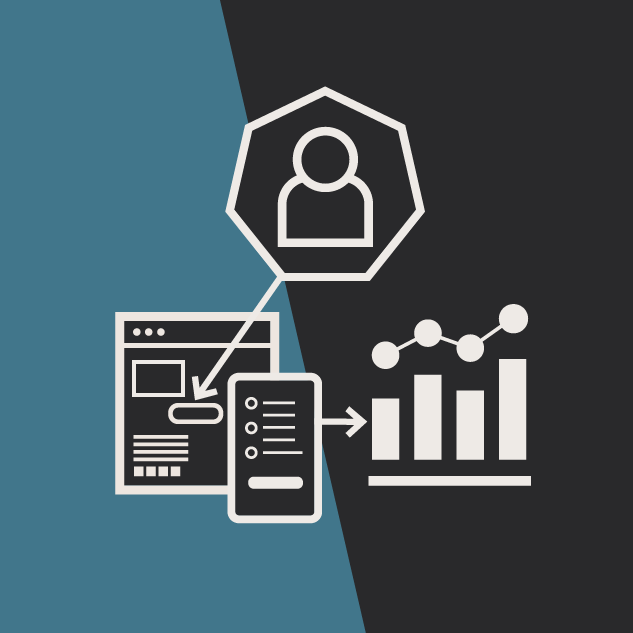
Leveraging First-Party Data
Explore how leveraging first-party data enhances analytics and personalization, ensuring privacy and driving competitive advantage.
Results Matter.
We design creative digital solutions that grow your business, strengthen your brand and engage your audience. Our team blends creativity with insights, analytics and technology to deliver beauty, function, accessibility and most of all, ROI. Do you have a project you want to discuss?
Like what you read?
Subscribe to our blog "Diagram Views" for the latest trends in web design, inbound marketing and mobile strategy.
